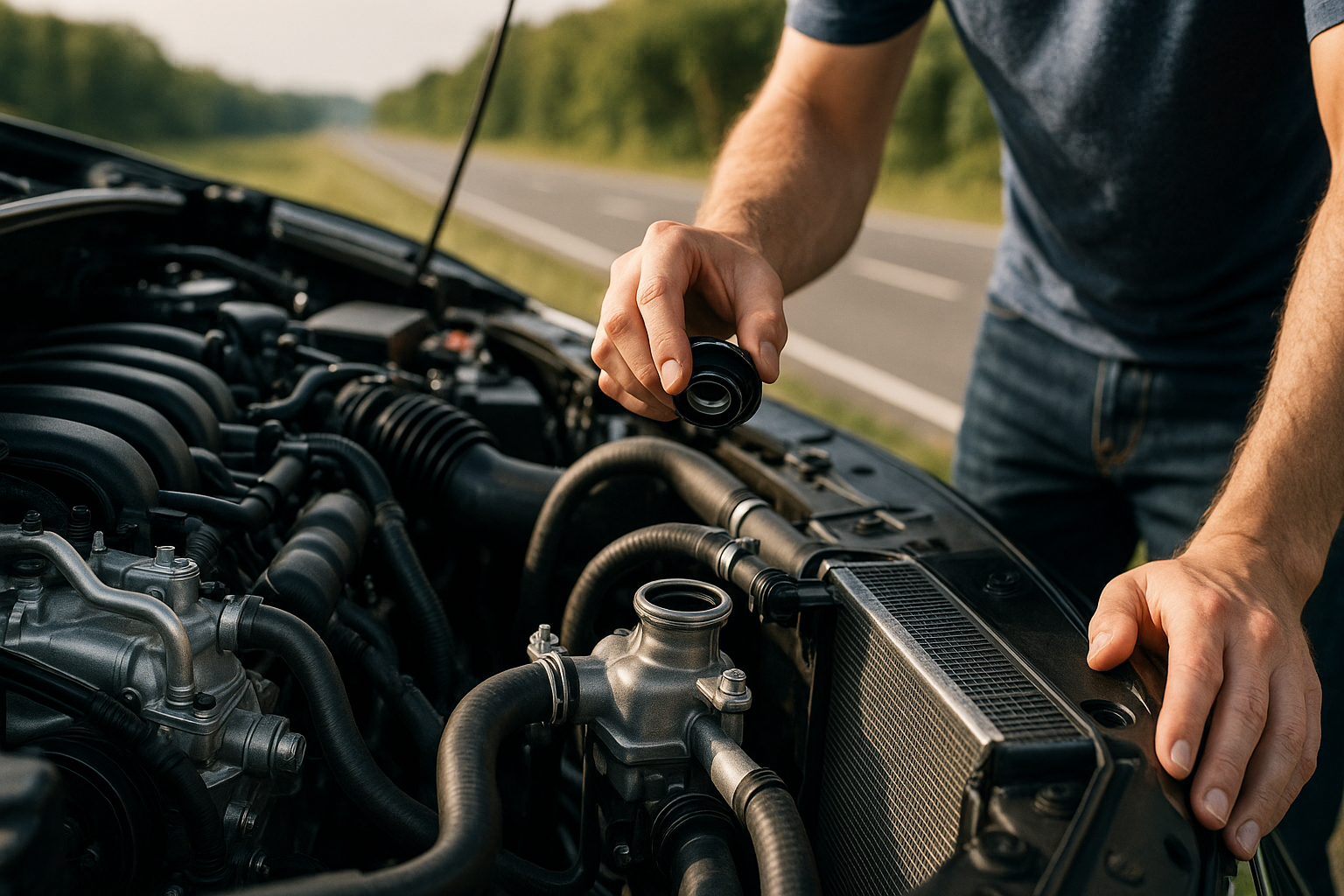Roadside Emergency Kit Essentials and Quick Response Tips
A roadside emergency kit helps you react calmly when unexpected vehicle problems occur. This overview outlines essential items and quick-response tips to address common issues involving maintenance and safety, including tires, brakes, battery, charging, fuel, diagnostics, inspection, lubrication, filters, belts, telematics, navigation, emissions, and resale considerations. Preparedness reduces risk and limits minor problems from becoming costly repairs.

A compact, well-chosen roadside kit can shorten response time and improve safety when a vehicle develops a problem. Proper maintenance and basic knowledge are as important as the physical items you carry: knowing how to check tires, interpret dashboard alerts, and use simple diagnostics or telematics features helps you make sound decisions while waiting for assistance or performing temporary repairs.
How does maintenance improve roadside safety?
Regular maintenance reduces breakdown likelihood and supports safer roadside responses. Routine inspection of belts, filters, lubrication points, and brakes lowers the chance of sudden failures. Keep service records and note recent work that affects emissions and resale value; a well-maintained vehicle is easier to diagnose and safer to operate when a minor fault occurs. Carrying basic documentation—owner’s manual, insurance, and local services contacts—helps when using telematics or navigation systems to call for help.
Even with scheduled care, small issues can arise. Check fluid levels and perform visual inspections before long trips, and ensure your navigation device and phone have updated offline maps. Good maintenance habits translate directly to safer, faster responses if you must change a tire or isolate a battery fault on the roadside.
What to check for tires and brakes?
Tire and brake issues are frequent causes of roadside stops. Include a properly rated spare tire, jack, lug wrench, and a portable inflator with tire sealant for small punctures. A pressure gauge lets you verify inflation before driving after a temporary repair. For brakes, visually inspect pad thickness and listen for grinding noises during pre-trip checks; address signs of brake fluid leaks or soft pedal feel before a trip to avoid roadside emergencies.
If you must replace a tire roadside, park on stable ground, use hazard lights, and apply the parking brake. When in doubt about brake performance after a stop, call local services in your area rather than driving long distances with compromised stopping power.
How to handle battery issues and charging?
Battery failures are common and typically manageable with the right gear. Carry jumper cables or a compact portable jump starter and an insulated set of gloves. Know safe jump-start procedures to avoid damage to the vehicle’s electronics; consult the owner’s manual for model-specific instructions. Keep battery terminals clean and secured as part of routine inspection and maintenance to reduce the chance of roadside failure.
If the battery repeatedly needs charging, consider diagnostic testing to check alternator output and charging system health. Portable chargers can restore power long enough to reach a service center, but persistent charging problems indicate a worn battery or charging-system fault that affects emissions and resale value over time.
What fuel and navigation items belong in a kit?
Carry a small fuel container only if local regulations allow; many regions restrict transporting fuel. Instead, plan routes to avoid running low and use telematics or navigation apps with offline mode and saved local services to find nearby fuel or assistance. Essential items in this category include a fully charged phone power bank, a vehicle-compatible charger, and printed maps or addresses for local services in your area.
For trips in remote areas, add extra water and basic emergency food, a flashlight with spare batteries, reflective vests, and a triangle or flares for visibility. Accurate navigation and planning reduce the likelihood of getting stranded where help is delayed.
When to use diagnostics and inspection tools?
A basic OBD-II scanner can read engine codes and provide immediate diagnostic clues for many makes and models. Combining simple diagnostics with a visual inspection—checking belts for fraying, filters for clogging, and fluid levels—helps determine whether a problem is safe to continue driving or requires towing. Telematics systems often transmit diagnostic data automatically; learning how to access these feeds can speed up remote triage.
Use diagnostics responsibly: fault codes identify systems that need attention but do not replace professional inspection. If diagnostics indicate emissions control failures or persistent faults, schedule a shop visit to prevent long-term damage and protect resale value.
Why include lubrication, filters, belts, emissions, telematics, and resale info?
Small lubrication items—multi-purpose spray or a compact grease gun—can free a seized mechanism or quiet a noisy hinge temporarily. Spare in-line fuel filters or air filters are not generally practical to change roadside, but carrying basic replacement parts for your model (if you know how to install them) can be helpful. Avoid attempting major belt replacements on the roadside; belts and major filter changes are best handled by trained technicians during inspection and service.
Consider telematics subscriptions and navigation readiness as part of your kit: remote assistance or automatic crash notification can speed professional response. Maintaining the vehicle to emission standards and keeping detailed service records supports compliance and enhances resale value, reducing the long-term cost of roadside incidents.
A concise toolset, good maintenance habits, and knowledge of how to use each item will improve outcomes for common roadside problems. Regular inspection and timely diagnostics minimize the chance of emergencies and help preserve vehicle condition and resale potential.
Conclusion A thoughtful roadside emergency kit paired with basic maintenance, regular inspection, and familiarity with diagnostics and telematics improves safety and reduces the impact of common vehicle problems. Prioritize items and skills that match your typical driving conditions, and update your kit as vehicle needs and local conditions evolve.





